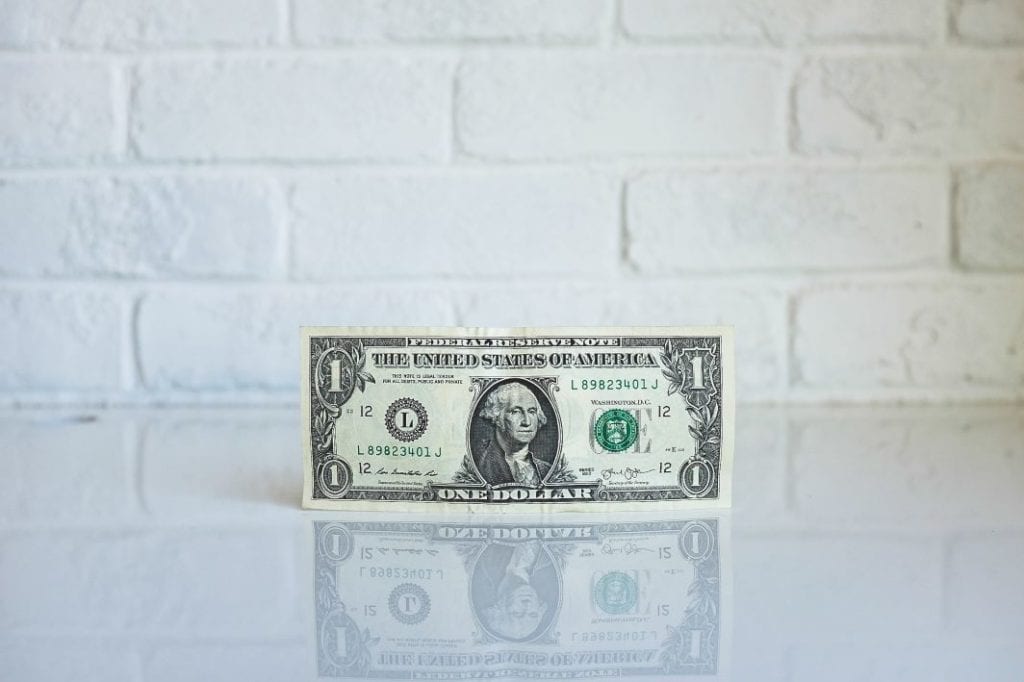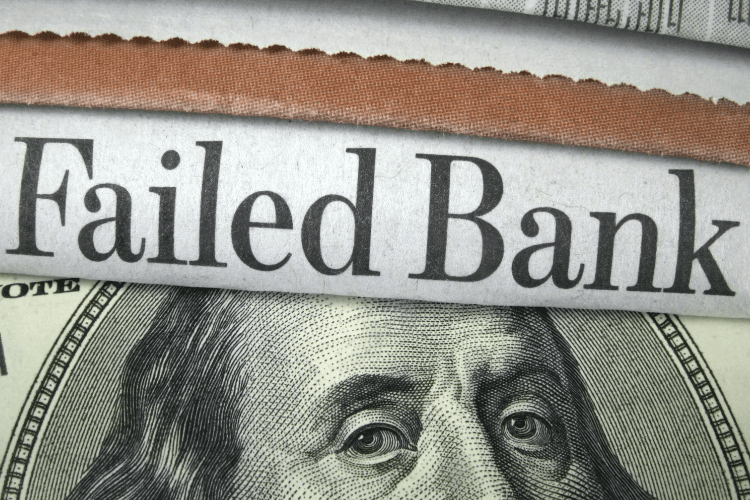A Complete, Step-By-Step Guide to Get Out of Debt

In theory, getting out of debt seems easy: Spend less, save more, pay it down, and pay it off.
But anyone who’s ever had to deal with debt knows that, in reality, it’s not quite that simple.
Having a lot of debt can feel overwhelming. Even if you’re making regular payments, you may not see the amount you owe go down on your statements, especially if your debt comes with high-interest rates. That’s why you need a plan.
Here are steps you can take to tackle your debt head-on and free yourself from financial burdens.
1. Don’t Take on More Debt
Sometimes people rationalize taking on additional debt if they think a little more won’t add too much to what’s already there. (Like if you owe $15,000 on your credit card, another $50 for dinner out won’t make a difference.)
But to become debt free, you must prioritize paying down what you owe. Whatever your rationale may be, avoid taking on more at any cost. Simply put, you don’t need it.
You could cut up your credit cards. But you won’t get rid of your credit history that way. In fact, you might damage your credit if you close your credit card accounts. That’s because your credit score is calculated in part by the amount of credit you have versus the amount you owe. (A rule of thumb is you don’t want to owe more than 30% of your available credit.)
Let’s say you have two credit cards with $5,000 credit lines on each one, and you owe $5,000 between them. You have $10,000 of credit, and half of it – 50% – is being used. If you transfer the balance to one card and close the other, suddenly, you’re using up 100% of your available credit!
If you’re hellbent on keeping your card out of sight, you can try freezing it. Put your credit cards in a plastic bag filled with water and leave them in your freezer overnight. You can always thaw your cards in an emergency, but while the ice melts, you can consider if the purchase you want to make is worth it.
2. Understand Your Debt
Before you start, you must know exactly what you’re up against. There’s no better way to do this than to create a good, old-fashioned spreadsheet.
Enter every debt you owe, everything from overdue credit card bills to student loans. Then list the amount, the minimum payment, and the interest rate. Some of this you might know off the top of your head, but you’ll probably need to go through and check manually.
It’s worth taking the time to get a full picture of everything because it can make a big difference in how you should organize your debt. For example, if you have a lot of high-interest-rate debt, you’ll tackle it differently than if you had primarily low-interest rates.
See also: APR, APY, and Interest Rates Explained and Compared
Prioritizing Repayment
If you have higher interest rates, you should consider an avalanche approach, where you pay off debts with high-interest rates first, regardless of size. Even small debts with a high APR can really cost you over time.
See also: How to Make a Budget Spreadsheet for Free.
If you have mostly low-interest-rate debt, you might want to try the snowball approach, in which you first knock out the smallest debts and work your way up. For many people, this can be an encouraging way to check items off their list and feel like they’re making real progress toward getting out of debt.
“Prioritize interest rates because, frankly, it’s costing you more [to keep high-interest debt] when you look at dollars out of your pocket,” says NYU adjunct finance professor Michael Lustig. “If you have a larger debt — let’s say student loans, which are at a lower interest rate — you don’t want to get rid of that first because [high interest] debt will accrue and grow much quicker.”

Student Debt Do’s And Dont’s
If you did take out loans to go to college, they likely make up a huge chunk of your overall debts. They can be a little more difficult to manage than the average debt, so here are a few tips:
- Don’t beat yourself up. You shouldn’t have to feel bad for getting an education, no matter the cost. Even if your debt seems insurmountable, with the right plan of attack you’ll be debt-free.
- Do refinance your loans. If you have a solid credit score and income after graduation, shop around for better interest rates and you’ll save a ton of money.
- Don’t consolidate your loans. While consolidating may seem like a good idea if you have loans from a lot of lenders, you could end up costing yourself flexibility and money. If you consolidate federal student loans, you’ll be stuck with one interest rate, the average of all your others. If you want to take the avalanche approach, consolidating your loans would really hamstring you.
- Do stay on top of it. By keeping track of due dates, monthly minimums, and your remaining balance, you’re already making progress toward getting rid of your student loan debt.
3. Debt Reduction Tactics
Now that you have a clear picture of all your debt, it’s time to form a plan to pay it off.
Dealing With Credit Cards
You’re certainly not alone if you have a lot of credit card debt. According to the Federal Reserve, Americans hold more than $1 trillion of credit card debt.
The first step to tackling credit card debt is limiting future spending on the card. While we don’t recommend cutting up your cards, there are other ways to limit the availability you have to them. For instance, delete your saved card data from your computer so you can’t make purchases with just a few clicks.
To give yourself an edge, transfer your debt on a high-interest card to one offering a 0% interest balance transfer. You’ll usually get 12-18 months of 0% interest that can help you pay down your debt faster without accruing any more.
In general, you should be aggressive when you tackle credit card debt. Change your spending habits and spend as much money as possible toward your credit card debt each month. The sooner you get out, the less you’ll lose to interest.
Debt Consolidation
If you’re really struggling with various kinds of debt, consolidating everything you owe could be a good strategy. Consolidation means you essentially combine all your debts, pay one flat fee each month, and potentially get a better interest rate.
Consolidation loans make sense if you’re facing a lot of debt but have a clear plan to get out and stay out. One of the downsides is that you’ll generally end up staying in debt longer after consolidating because your combined loans will be extended.

4. Budgeting
No matter the debt you’re dealing with, you’ll need to adjust your spending habits to save up extra cash to help pay it off. A budget is only as good as your strategy, so make sure you’re effective in saving money.
Practical Strategies for Your Budget
There are two effective ways to tighten up your budget. First, look for ways to cut recurring payments and monthly bills costs. For instance, you can refinance your car loan and get a better insurance rate to save hundreds without changing your current purchasing habits.
The second way is the tried and true method of adjusting how much you spend and what you spend it on. For a little help, I use Rocket Money, which offers a budgeting tool that compares my savings to my monthly spending. I can easily see where I’m overspending and thus identify ways I can save every month.
“If you’re living paycheck to paycheck you really have to focus on budgeting,” Lustig said.
Think of budgeting like dieting. Set rigid rules for yourself and cut out non-essentials, but reward yourself with a cheat day occasionally.
5. Find Help Managing Your Debt
Handling debt can be scary, so you shouldn’t have to face it alone. You can utilize many tools and resources to help you get out of debt.
Like I mentioned earlier, Trim is a great budgeting and savings app, but it’s just one of many services that are at your fingertips.
6. Increase Your Income
If you follow some of the steps listed above, you’ll free up extra money to put toward your payments without changing your income level. Once you’ve started getting your debt under control, you should make an attempt to earn extra money in addition to saving to pay off what you owe faster.
One of the most effective ways to think of your debt is your debt-to-income ratio, essentially how much of your monthly paychecks go back toward debt payments. As you reduce debt over time this ratio will shrink, but adding to your income will speed up the process of ending debt.
If you have the ability to pick up a side job, that’s obviously the best way to earn extra cash. Not everyone has the time for that though, and for some two jobs may not be enough. But there are other ways! For example, you can make some extra money by reselling old clothes and even garbage.
Whatever you do, be sure to avoid falling back into your old spending habits. Keep your extra income going toward your debt until you get yourself out.
7. Stay Out For Good
Getting out of debt can be a long, agonizing process. Why would you ever want to go through that again?
While it’s certainly a difficult experience, take it as a learning experience as well. In the process of ending your debt, you probably adopted some pretty effective measures to save money and cut costs. While you don’t need to continue that austerity, you should ensure you don’t slip back into old habits.
Your budget might not be as strict as it was when you were in debt, but you shouldn’t continue spending like you used to.
And the master-money skills you developed to get out of debt will put you in a good place to earn yourself financial security down the road.
“Once you’ve gotten yourself out of debt, you want to continue to live within your means,” Lustig says. “To the extent that you can, start something like an IRA or a retirement account.” And if you’re saving for retirement, you’re doing better than one-third of Americans with less than $5,000 saved for retirement.










